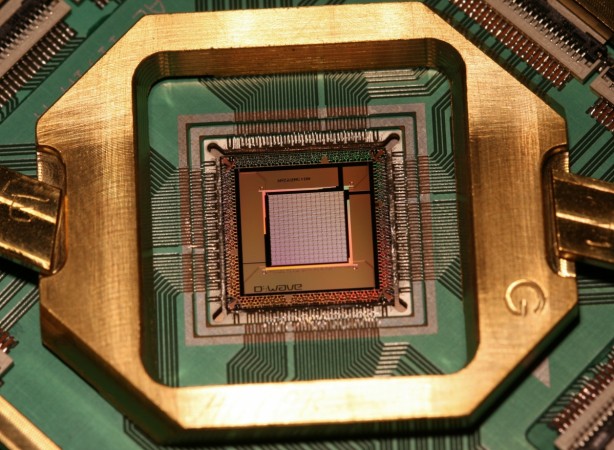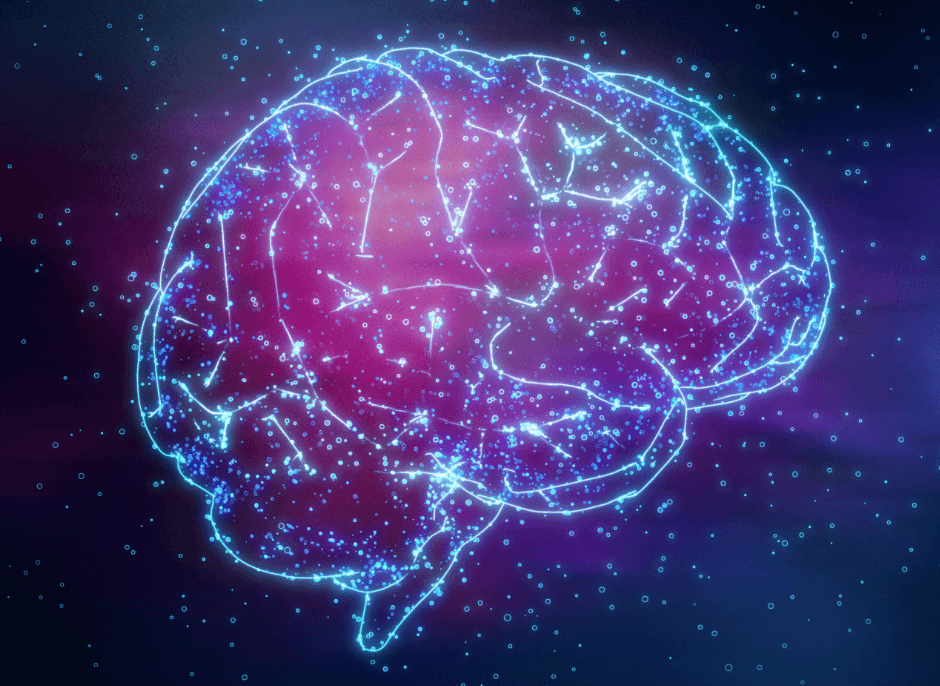Before quantum computing has fully gotten off the ground, a team of researchers has made advancements to them already.Called ‘qudits’, this new configuration promises to improve the impressive power and speed of quantum computing.
Currently, quantum bits, or qubits, make up the basics of quantum computing storage with their ability to simultaneously perform as 1 and 0 or both on and off at the same time. However, the latest microchip that creates ‘qudits’ surpasses this ability by being able to act in a number, at least 10 and sometimes more, states concurrently. Such a configuration could lead the pack to quantum computers even more powerful than previously imagined.
In traditional computing, classical bits can only be 1 or 0 at any given time so to solve equations only one possibility can be considered at a time. However, the superposition of qubits allows them to do two calculations at a time and therefore quicker than even the quickest of traditional computers.
Yet, the superpositions are delicate in nature and create challenges when trying to combine more than one qubit, which is necessary to build a functioning quantum computer. Qudits can eliminate this hardship by reducing the number of qubits needed for the same power and performance. For example, two qudits with 32 states each have the same computational power as 10 qubits working together while eliminating the fragility and complications that accompany a qubit entanglement.
The microchip at the center of this breakthrough can create two entangled 10-state qudits, a total of 100 dimensions, and is more than six qubits working cooperatively could generate.
“We have now achieved the compact and easy generation of high-dimensional quantum states,” announced a statement from Michael Kues, co-lead author and a quantum optics researcher at Canada’s National Institute of Scientific Research.
In their research, scientists fired laser pulses of light at a circular resonator fixed to silica glass. A key role in the procedure, it produces pairs of entangled photons in a superposition of 10 colors or wavelengths.
“For example, a high-dimensional photon can be red and yellow and green and blue, although the photons used here were in the infrared wavelength range,” said Kues.
Recently published in the journal Nature, the scientist’s findings assert that the new microchip could support 13 qubits, a grand total of 9,000 dimensions, theoretically.
More News to Read
- AI Chatbots are Create New Jobs by Killing the Old Ones
- Top 5 Artificial Intelligence Chatbots to Help You Find Your Next Job
- AI Detects Abnormal Heart Rhythm Using the Apple Watch’s Heart Rate Sensor
- Google on the Edge of Quantum Breakthrough – ” Quantum Supremacy “
- Although the Apple 2017 iMac is brighter and more powerful, is it the right one For You?











